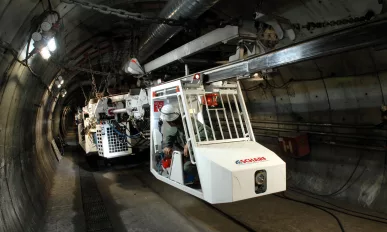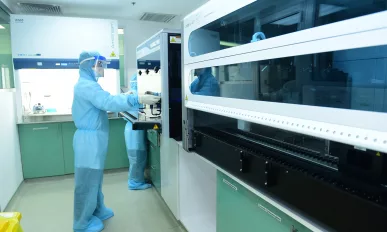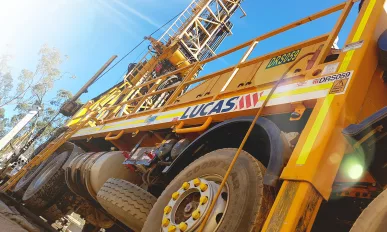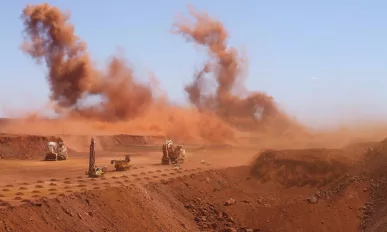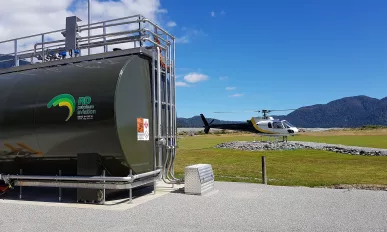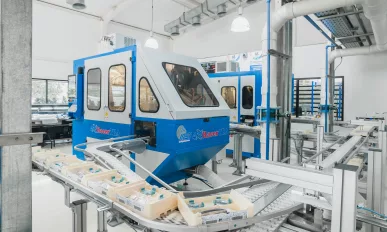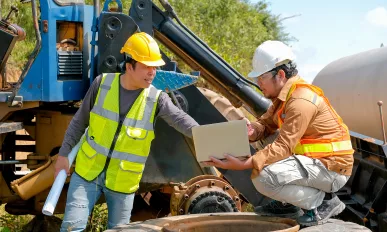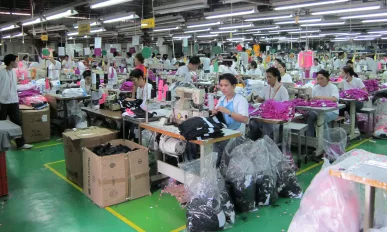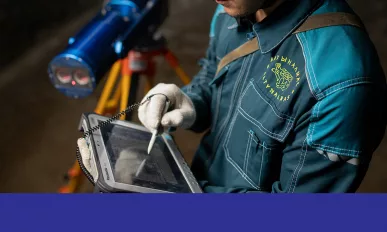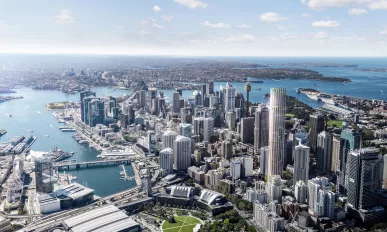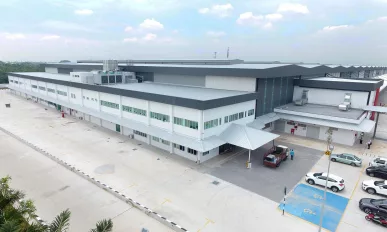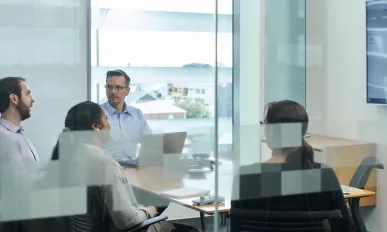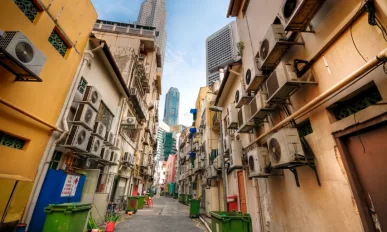Issue 47
Mining Portfolio
Outlook Publishing showcases four global mining businesses which provide essential materials across the world and opportunities to their communities.
FV Hospital : Combatting COVID for Vietnam
FV Hospital has been on the frontline of Vietnam’s response to the coronavirus pandemic, the organisation is adapting to a new normal and continuing to provide leading medical services to its patients.
AJ Lucas : Dependable Drilling
Brett Tredinnick, CEO of AJ Lucas, discusses how the company has built a competitive advantage in Australia’s mining sector.
Datamine : Stone and Software
As the digital mining sphere grows, Dylan Webb discusses the success of Datamine and the newest technological innovations utilised in the regional mining industry.
Fuelchief : A Family-Fuelled Future
Fuelchief and its ultramodern, industry-leading SuperVault tank look set to define the future of fuel storage.
Thai Optical Group (TOG) : Clear Vision, Caring Culture
Thai Optical Group combines a welcoming corporate culture with cutting-edge technology and a drive towards digitisation.
Howden Broking Group, APAC : The Heart of Insurance
Howden Broking Group has a culture of embracing change and long-term focus has enabled it to pivot, innovate, and adapt.
The Lao National Chamber of Commerce and Industry (LNCCI)
SMEs are the backbone of Lao’s economy: the government and the LNCCI are aiming to reduce the obstacles that inhibit their potential.
PhilExport : Spotlight on Philippines Export
We talk to PhilExport about the Philippines and its robust export industry, which is on the road to recovery after the shock of the pandemic.
JSC AK Altynalmas : Revolutionising Resource Extraction
We caught up with JSC AK Altynalmas to discuss the company’s evolution towards full digitalisation within the mining industry in Kazakhstan.
Meinhardt Bonacci : Engineering Australia
We spoke to John Williams, CEO of Meinhardt Bonacci, about how the company strives to provide innovative, green, and quality services.
Meinhardt EPCM : Looking for the Next Horizon
Vinesh Natali OF Meinhardt EPCM talks about the building industry’s past, present, and future, the company always looking ahead.
Siam City Cement Public Company Limited (SCCC)
Siam City Cement Public Company Limited (SCCC or INSEE) continues to show strength and compassion for its local communities.
Capgemini : Four Steps to Solidify Legacy IT for the Digital Future
Capgemini’s Gopalakrishnan Krishnamurthi offers his advice to companies looking to embrace an optimised IT future.
Private Jet Travel : Flying High
Since the COVID-19 pandemic has sent commercial airlines into freefall, private jet travel has increased in popularity: we take a closer look.
Snowden Group : De-Risking Mining Investments
Tarrant Elkington, Global Manager of Snowden Group, explores some of the key questions to ask when acquiring a mining asset.
Sustainability in Singapore
Singapore is a green city that thrives on diversity and technology, but it is not without its environmental issues.



